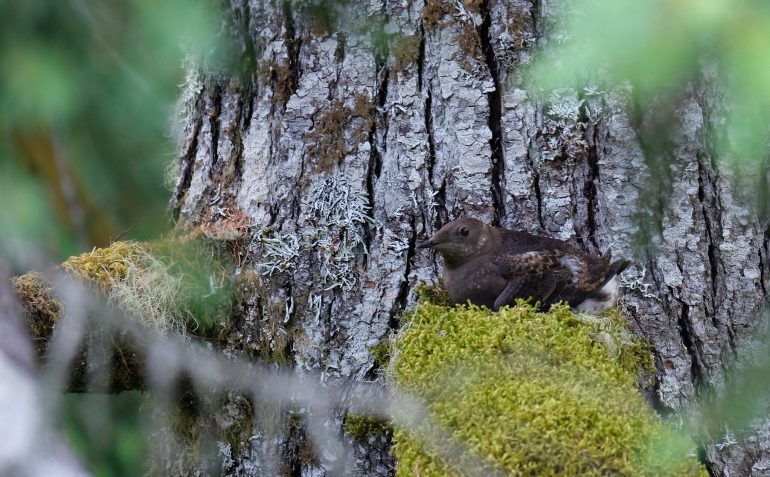- Collaboration between Oregon State University and the U.S. Forest Service explores AI’s potential in monitoring elusive marbled murrelet.
- Marbled murrelets, unique seabirds of the Pacific Northwest, pose challenges due to nesting behaviors far inland.
- Researchers employ convolutional neural networks to analyze data from acoustic recorders, achieving over 90% accuracy in detecting murrelet calls.
- Study indicates promise for AI-driven species distribution modeling and population monitoring, offering a less labor-intensive approach compared to traditional methods.
- Marbled murrelets face conservation challenges and are listed as threatened under the U.S. Endangered Species Act.
Main AI News:
Harnessing the power of artificial intelligence (AI) for the surveillance of the elusive marbled murrelet and similar cryptic species marks a significant breakthrough, as revealed by a collaborative study conducted by Oregon State University and the U.S. Forest Service.
The marbled murrelet, an emblematic seabird of the Pacific Northwest, shares lineage with puffins and murres. However, distinctively, murrelets defy convention by rearing their offspring up to 60 miles inland within mature and old-growth forests, setting them apart as a unique avian species.
Co-author Matt Betts from the OSU College of Forestry remarks, “There are very few species like it…This behavior is super unusual and it makes studying this bird really challenging.“
Led by Adam Duarte of the U.S. Forest Service’s Pacific Northwest Research Station, the research team utilized data from acoustic recorders initially deployed for monitoring northern spotted owl populations across numerous sites in federally managed forests of the Oregon Coast Range and Washington’s Olympic Peninsula.
Employing a sophisticated machine learning algorithm, termed convolutional neural network, researchers scrutinized the recordings to detect murrelet calls. Published in Ecological Indicators, the findings were validated against established murrelet population data, demonstrating accuracy rates exceeding 90%.
Betts anticipates further exploration into the potential of murrelet vocalizations in forecasting reproduction and species occupancy, albeit recognizing the need for subsequent research.
Aptly described as dove-sized, the marbled murrelet predominantly inhabits coastal waters, sustaining itself on a diet comprising krill, various invertebrates, and forage fish. Reproduction for these birds entails laying a single egg atop a sturdy tree limb, with predators such as Steller’s jays, crows, and ravens posing significant threats to nest success.
Spanning from Santa Cruz, California, to the Aleutian Islands, marbled murrelets face conservation challenges, notably being listed as threatened under the U.S. Endangered Species Act across Washington, Oregon, and California.
Duarte notes, “The greatest number of detections in our study typically occurred where late-successional forest dominates, and nearer to ocean habitats.” Late-successional forests encompass mature and old-growth stands, crucial to the murrelet’s habitat.
Conclusion:
The integration of artificial intelligence in monitoring the marbled murrelet marks a significant advancement in wildlife conservation efforts. This innovative approach not only enhances accuracy in detecting murrelet calls but also streamlines monitoring processes, potentially revolutionizing species conservation strategies. As AI continues to evolve, its application in ecological research presents opportunities for more effective and efficient wildlife management practices in the market.

